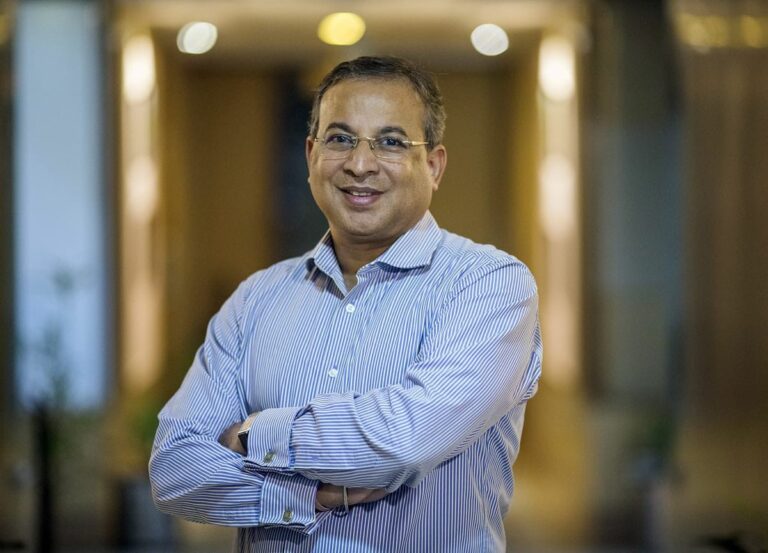Praveer Sinha, CEO and managing director of Tata Power, says the company’s 4 GW solar cell factory in the Indian state of Tamil Nadu will be commissioned from next month. Over a period of three months it will reach a peak production capacity of 4 GW.
Praveer Sinha, CEO and managing director of Tata Power, said the company’s 4 GW solar cell manufacturing facility in Tamil Nadu’s Tirunelveli district will begin the commissioning process from June.
The facility will stabilize and reach a peak production capacity of 4 GW over a three-month period. The company has already commissioned its 4 GW PV module manufacturing facility in Tirunelveli, which is now fully operational.
The Tirunelveli plant will cater to Tata Power’s own needs, especially for projects with Domestic Content Requirements (DCR) obligations.
“We are only setting up this factory to meet DCR obligations for domestic use. We will do that too [also] we can use it for our own utility scale group, but also for roofs if that suits us [with the launch of the PM Surya Ghar Yojana program]” said Sinha.
Tata Power claims to have a share of almost 20% in the domestic rooftop solar market. It wants to maintain its leading position because it is part of the government subsidy scheme for solar energy on residential roofs.
“The most important advantage [of the government scheme for residential rooftop solar] is for consumers who use 1 kW, 2 kW or 3 kW of solar energy on the roof. The trend we have seen based on the people who have registered, the first household of one crore, more of that is 3 kW and 2 kW. So what we can expect is an average of about 2.5. So it means around 25 to 30 GW of rooftops need to be deployed in the next three to four years,” Sinha said.
As the company pursues better returns at the utility scale, it is focusing on tenders for both hybrid and fixed-duration renewable energy projects (FDRE), rather than pure solar or wind.
“[Last year] we have won a large volume of business, mainly through hybrid or FDRE-based bidding. We expect that there will also be many such bids this year, both hybrid and those with only solar energy, wind energy and BESS. And we will actively participate in all these projects,” Sinha said. ‘Since this [projects] are not very complex, there wouldn’t be too many players who would have the ability to carry out projects like this, and therefore we will be in a much better position to submit better bids and also win with much better margins.”
This content is copyrighted and may not be reused. If you would like to collaborate with us and reuse some of our content, please contact: editors@pv-magazine.com.


